How to Maintain Your Tomato Sauce Machine Parts for Longevity
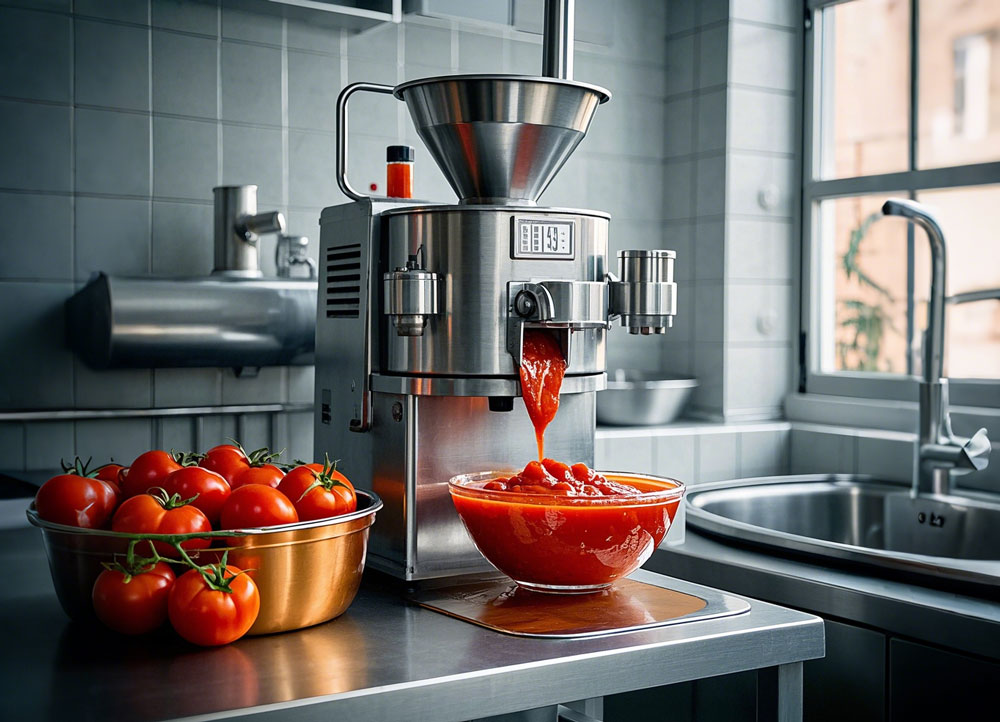
Introduction: Why Regular Maintenance is Key to Longevity
Maintaining your tomato sauce machine is crucial for ensuring its longevity and continued high performance. Machines are complex systems that require care and attention to avoid breakdowns, maximize productivity, and ensure a smooth, consistent operation. Regular maintenance can prevent costly repairs and unexpected downtime, ultimately extending the life of your machine and improving the efficiency of your production process.
The Impact of Proper Care on Your Machine's Lifespan
Proper care and regular maintenance significantly extend the lifespan of your tomato sauce machine. Routine checks and timely repairs ensure that parts wear evenly, reducing the likelihood of major failures. Regular attention prevents costly replacements and ensures that the machine continues to perform optimally over time, offering your business long-term savings.
How Maintenance Reduces Downtime and Increases Efficiency
By adhering to a solid maintenance routine, you can drastically reduce downtime. Unexpected breakdowns are often caused by neglected maintenance tasks, which can stop production for days. Regular upkeep allows your tomato sauce machine to run at peak efficiency, ensuring uninterrupted production, fewer errors, and better use of resources.
Understanding Your Tomato Sauce Machine Parts
Key Components of a Tomato Sauce Packaging Machine
A tomato sauce packaging machine consists of various essential components, including the filling system, conveyor belts, sealing mechanisms, motors, sensors, and calibration tools. Each part plays a critical role in the overall performance, and understanding how they work together is essential for effective maintenance.
The Role of Each Part in the Production Process
Each component of the machine has a specific function, such as controlling the flow of sauce, ensuring accurate filling, and sealing containers to maintain freshness. The quality of each part directly impacts the machine's efficiency and the final product quality, so maintaining these parts ensures optimal operation and prevents errors during the production cycle.
The Importance of a Maintenance Schedule
How Scheduled Maintenance Prevents Major Breakdowns
A proactive maintenance schedule is key to preventing major issues. Regular checks allow for early detection of potential problems such as wear, loose parts, or clogged systems. Scheduling routine maintenance tasks reduces the risk of machine failures that can disrupt production for an extended period.
Creating a Routine: Daily, Weekly, and Monthly Tasks
Developing a routine for maintenance helps streamline operations. Daily tasks could involve cleaning and visual checks, while weekly inspections might include more in-depth assessments of moving parts. Monthly maintenance might focus on lubrication, calibration, and replacing worn-out components. This structured approach ensures no aspect of the machine is neglected.
Cleaning and Sanitizing the Machine Parts
The Significance of Hygiene in Food Production
Sanitation is of utmost importance in food production, especially when dealing with consumables like tomato sauce. Regular cleaning prevents contamination, maintains the quality of your product, and complies with food safety regulations.
Best Practices for Cleaning Tomato Sauce Machines
Thorough cleaning is essential after each production cycle. Using non-corrosive, food-grade cleaners is crucial to avoid damaging sensitive machine parts. Clean all areas that come into contact with sauce, including pipes, nozzles, and storage tanks, to maintain hygienic conditions.
How to Clean the Filling System Efficiently
The filling system is one of the most critical components of your tomato sauce machine. Cleaning it efficiently involves disassembling removable parts, rinsing them thoroughly, and ensuring that any residual sauce is completely removed from all internal components.
Cleaning the Sealing Mechanism for Optimal Performance
The sealing mechanism ensures that the sauce stays fresh. Residual sauce can cause sealing issues if not cleaned properly. Disassemble and clean the sealing tools regularly, ensuring that the sealing jaws are free of debris and sauce buildup to avoid leaks and spoilage.
Conveyor Belt Maintenance: Cleaning and Inspection
The conveyor belts transport containers during production and must be free of sauce or other debris. Clean the belts regularly and inspect them for wear, misalignment, or damage. Ensure the belts are adjusted to the correct tension to prevent slippage and inefficient movement.
Lubrication: Reducing Friction and Wear
Why Lubrication is Vital for Smooth Operation
Lubrication ensures smooth operation by reducing friction between moving parts. Well-lubricated components prevent unnecessary wear and tear, enhancing the overall performance of the machine and extending its lifespan.
Recommended Lubricants for Tomato Sauce Machines
Use high-quality, food-safe lubricants specifically designed for the parts of your tomato sauce machine. Always follow manufacturer recommendations regarding the type and amount of lubricant to use, ensuring the lubricant does not come into contact with the sauce or packaging materials.
How Often Should You Lubricate Your Machine Parts?
Lubrication schedules vary based on usage, but as a general rule, it should be performed monthly or after a certain number of operating hours. Always check for any unusual noises or performance issues, which could indicate a need for more frequent lubrication.
Regular Inspection for Wear and Tear
Key Parts to Check During Inspections
During regular inspections, focus on the filling system, sealing mechanisms, motors, conveyor belts, and sensors. These parts are most prone to wear and require frequent checks to prevent malfunctions.
Identifying Early Signs of Damage
Look for signs of wear, such as irregular sounds, visible wear on parts, and inconsistent filling or sealing. Early identification of these issues allows for timely repairs or replacements before more extensive damage occurs.
Inspecting the Filling Valves and Pumps
Check filling valves and pumps for clogging or leaks. Any irregularities can cause underfilling or overfilling, which affects both the machine’s performance and the quality of your product.
Checking Seals and Gaskets for Leaks
Seals and gaskets prevent leaks and contamination. Regular inspection is necessary to detect any signs of wear, cracks, or deterioration, as these can lead to costly product waste and hygiene issues.
How to Spot Misalignment in the Machine
Misalignment of moving parts, such as conveyor belts or filling nozzles, can lead to inefficient operation and product waste. Check for uneven wear on components or irregular movements to catch misalignments early.
Calibrating Your Tomato Sauce Machine
Why Calibration is Critical for Precision
Calibration ensures that each part of your machine is working with precision, dispensing the correct amount of sauce into each container. Incorrect calibration can result in overfilling or underfilling, affecting production quality and waste levels.
Step-by-Step Guide to Calibrating the Filling System
To calibrate the filling system, ensure the correct settings for container size and sauce viscosity. Run test cycles and measure the fill level, adjusting the machine's settings until the desired precision is achieved.
How to Adjust Settings for Optimal Sauce Dispensing
Adjust settings for different viscosities or packaging formats. Fine-tune the speed, pressure, and filling amount to ensure each container is filled consistently and accurately.
Replacing Worn or Damaged Parts
Understanding When Parts Need Replacing
Over time, parts such as valves, seals, and pumps wear out. Replace them promptly to avoid major system failures. If a part shows signs of significant wear or damage, it’s time to replace it before it causes further operational issues.
Commonly Replaced Parts and Their Lifespan
Commonly replaced parts include seals, gaskets, filling valves, and conveyor belts. The lifespan of each part depends on usage, but regular checks ensure that replacement is timely and doesn’t disrupt production.
Sourcing Quality Replacement Parts for Your Machine
Ensure you source parts directly from the manufacturer or a reputable supplier. Using low-quality or incompatible parts can damage your machine and reduce its efficiency, ultimately costing you more in repairs.
Proper Storage of Tomato Sauce Machines Between Uses
How to Store Your Machine to Prevent Rust and Damage
When the machine is not in use, store it in a dry, cool environment. Cover sensitive components to prevent exposure to moisture, dust, or extreme temperatures that could cause rust or damage.
The Importance of Cleaning and Drying Before Storing
Clean and dry the machine thoroughly before storing it to prevent mold, bacteria growth, or sauce residue from hardening on internal components.
Protecting the Machine from Dust and Moisture
Use protective covers or storage containers to shield the machine from environmental factors such as dust or humidity, which can lead to rust or clogging over time.
Training Your Team for Effective Maintenance
Why Proper Training Leads to Better Machine Care
Well-trained staff are essential for maintaining the machine’s efficiency and longevity. Proper training ensures they understand the correct maintenance procedures, reducing the risk of human error and improving overall machine performance.
Key Skills Your Team Needs to Maintain the Machine
Your team should be trained in basic troubleshooting, routine inspections, and understanding the significance of different machine components. In-depth knowledge of the machine’s working parts will help them identify issues early.
How to Educate Your Staff on Preventative Maintenance
Use manuals, video tutorials, and hands-on training to teach staff about preventative maintenance techniques. This ensures everyone is on the same page and can perform their tasks competently.
Utilizing Manufacturer Guidelines for Maintenance
Why It's Essential to Follow Manufacturer’s Instructions
The manufacturer’s guidelines provide essential details about the machine’s care, including which parts to monitor and when to replace them. Following these instructions ensures the machine is maintained to the highest standards.
How to Use the Manual to Improve Maintenance Practices
Refer to the machine’s manual regularly for detailed maintenance schedules, part specifications, and troubleshooting steps. Understanding these instructions enhances the machine’s lifespan and ensures optimal performance.
When to Reach Out for Technical Support
If maintenance tasks become too complex or you encounter persistent issues, contact the manufacturer’s technical support team. They can provide expert guidance and ensure your machine is properly maintained.
The Role of Predictive Maintenance Technology
How Technology Helps Prevent Unexpected Breakdowns
Advanced technologies, like predictive maintenance, use sensors and data analytics to monitor the condition of your machine in real-time. These technologies detect potential failures before they happen, allowing for proactive maintenance.
The Benefits of Using Sensors for Early Problem Detection
Sensors provide valuable data on the health of individual components. Early detection of problems, such as overheating or excessive vibrations, helps you address issues before they result in serious breakdowns.
Understanding Data from Predictive Maintenance Tools
Data gathered from predictive maintenance tools can highlight trends and suggest when parts need replacing. Analyzing this data enables more precise maintenance decisions, which can save time and money.
Minimizing Machine Downtime Through Preventative Care
How Preventative Maintenance Reduces Unplanned Downtime
Preventative maintenance addresses minor issues before they become major ones, reducing the likelihood of unplanned downtime. This leads to more efficient production cycles and fewer disruptions.
The Cost of Downtime and Its Impact on Production
Every hour of machine downtime can result in significant losses in terms of both time and money. Preventative maintenance ensures that your machines continue to operate smoothly, preventing costly disruptions.
How Regular Care Improves Production Schedules
A well-maintained machine runs more efficiently and consistently, which improves production schedules. Regular care reduces the likelihood of delays, ensuring that production runs on time and meets demand.
Benefits of Using High-Quality Parts
The Importance of Investing in Durable Machine Parts
High-quality parts ensure that your tomato sauce machine runs smoothly and consistently. They are designed to withstand wear and tear, reducing the need for frequent replacements.
How Quality Components Extend the Machine’s Life
Using high-quality components extends the life of your machine by reducing the frequency of breakdowns and minimizing the need for repairs.
The Risk of Using Substandard Parts in Production
Using low-quality or incompatible parts can lead to inefficiency, breakdowns, and even product contamination. Invest in quality parts to ensure the machine functions optimally and the product quality remains high.
The Impact of Temperature on Machine Parts
How Temperature Fluctuations Affect Machine Components
Temperature fluctuations can cause materials to expand or contract, leading to misalignment or wear on certain components. Maintaining consistent operating temperatures is crucial for machine longevity.
Keeping Machines Cool: Preventing Overheating and Damage
Ensure the machine is well-ventilated and avoid overheating, which can cause damage to the motor and sensitive components. Consider adding cooling systems or fans if necessary.
The Role of Insulation in Temperature Control
Insulating key components helps maintain consistent temperatures and prevents heat from damaging sensitive parts, which can extend the machine's life.
Energy Efficiency and Its Link to Maintenance
How Regular Maintenance Contributes to Energy Savings
A well-maintained machine is more energy-efficient. Regularly lubricated parts and properly calibrated systems consume less energy, which lowers operational costs.
Optimizing Energy Usage by Maintaining Machine Efficiency
Maintaining your machine's efficiency reduces the energy required to run it, ultimately lowering utility bills and reducing your carbon footprint.
The Environmental and Cost Benefits of Energy-Efficient Machines
Energy-efficient machines help reduce operational costs and contribute to sustainability goals. Proper maintenance maximizes the machine's energy efficiency and reduces unnecessary environmental impact.
Addressing Common Problems in Tomato Sauce Machines
How to Prevent and Fix Clogging in the Filling System
Clogging is a common issue in filling systems. Regular cleaning and checking of nozzles can prevent blockages, ensuring smooth operation and consistent filling.
Solving Issues with Inconsistent Seals or Leaks
Leaks can cause contamination and spoilage. Inspect seals regularly and replace them at the first sign of wear or damage to ensure a perfect seal every time.
Troubleshooting Common Motor and Pump Issues
Motor and pump failures can halt production. Regularly check for signs of wear, listen for unusual sounds, and inspect pumps for leaks to prevent disruptions.
Understanding the Cost-Benefit of Machine Maintenance
Comparing the Costs of Regular Maintenance vs. Repairs
Regular maintenance is more cost-effective than extensive repairs caused by neglect. It reduces the likelihood of major breakdowns, ensuring that your machine remains in good working order.
How Maintenance Impacts Your Bottom Line
A well-maintained machine is more efficient, reducing waste and ensuring a consistent production rate. This boosts overall productivity and improves profitability.
Balancing Preventative Maintenance and Operational Costs
While maintenance incurs costs, these expenses are much lower than the cost of repairs, replacement parts, and lost production time. Regular maintenance represents a smart investment in the future of your operation.
How to Deal with Supplier and Warranty Support
How to Leverage Manufacturer Support for Maintenance
Manufacturer support can guide you through proper maintenance procedures, troubleshooting, and sourcing replacement parts. It’s essential to take advantage of this resource when issues arise.
Warranty Terms and How They Affect Maintenance Practices
Understanding your warranty terms ensures you know what’s covered, what isn’t, and how to handle repairs or replacements under warranty. Follow these guidelines to avoid invalidating your warranty.
What to Expect from a Reliable Manufacturer’s Support Team
A good manufacturer’s support team should be responsive, knowledgeable, and able to guide you through maintenance or repair processes, providing solutions that ensure minimal disruption.
The Future of Tomato Sauce Machine Maintenance
Emerging Trends in Machine Maintenance Technology
Advancements in machine maintenance technology, such as IoT sensors and AI-driven diagnostics, are transforming how machines are maintained. These technologies predict failures and help optimize performance.
How Smart Machines are Changing the Maintenance Landscape
Smart machines that automatically detect and report issues are changing the landscape of maintenance, enabling quicker responses and reducing downtime.
Preparing Your Machine for the Future: Adaptability and Innovation
Ensure your machine is adaptable to new technologies. Regularly update software and hardware to keep up with innovations in machine care and maintenance.
Conclusion: Keeping Your Tomato Sauce Machine Running Smoothly
Routine care and proactive maintenance are key to ensuring your tomato sauce machine operates smoothly and efficiently for years to come. A well-maintained machine boosts productivity, reduces downtime, and ensures the highest quality production. Stay consistent, stay informed, and your machine will serve your business well.
Frequently Asked Questions
How Often Should I Clean My Tomato Sauce Machine Parts?
Cleaning should be performed after each production cycle. This prevents the buildup of sauce residue and ensures hygienic conditions for the next use.
What Are the Most Common Maintenance Mistakes to Avoid?
Neglecting regular cleaning, over-lubricating parts, or failing to replace worn parts are common mistakes. Always follow manufacturer guidelines and create a maintenance routine.
How Can I Tell When a Machine Part Needs Replacing?
Watch for signs like unusual noises, inefficiency, or visible wear. If a part shows signs of significant damage, it’s time for a replacement.
What Are the Best Tools for Maintaining Tomato Sauce Machines?
Use food-safe cleaners, specialized lubricants, wrenches, and sensors to monitor performance. Always use the tools recommended by the machine’s manufacturer.
How Can I Improve the Longevity of My Tomato Sauce Machine Without Over-Maintaining?
Maintain a balanced approach by adhering to a regular cleaning and inspection schedule. Avoid over-maintenance, which can lead to unnecessary parts replacement or downtime.
Next : China Tomato Sauce Filling Machine Factory
Must-Read Blogs For Chain Restaurants Owner








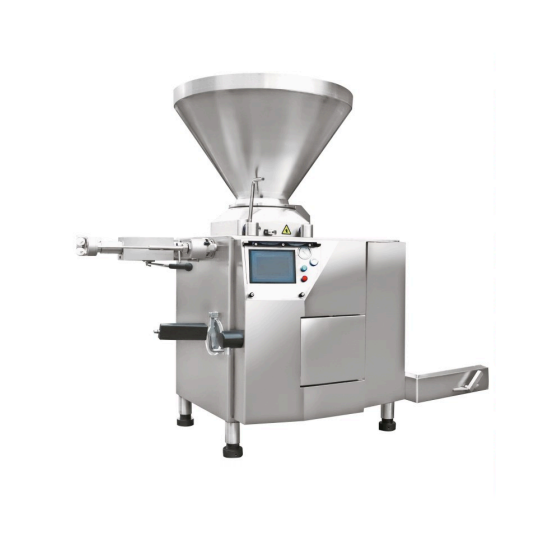
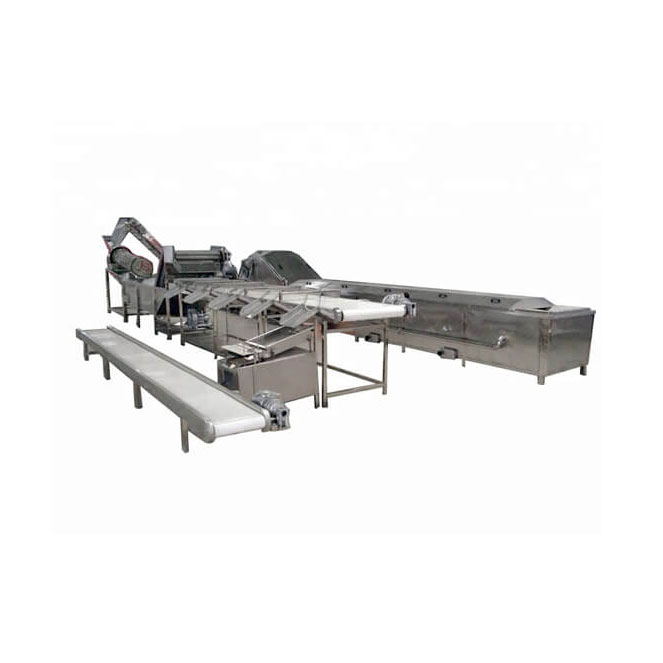
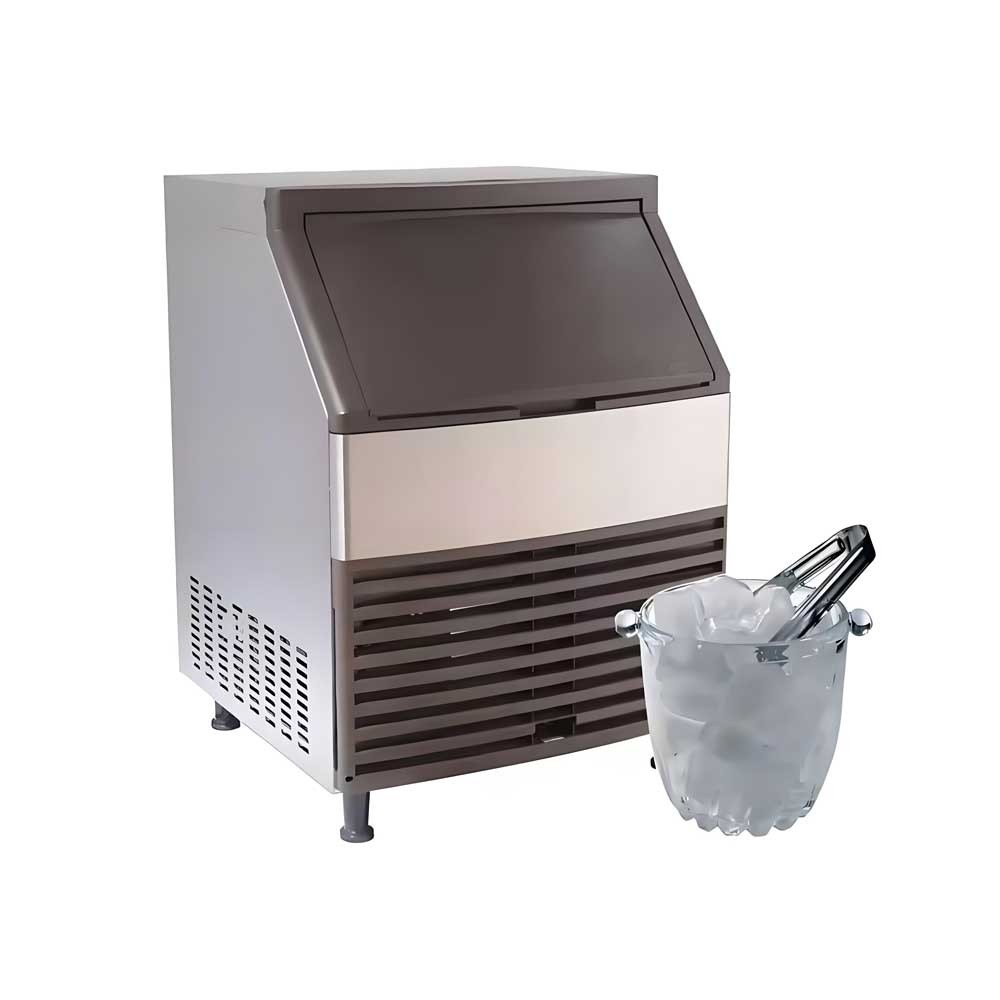
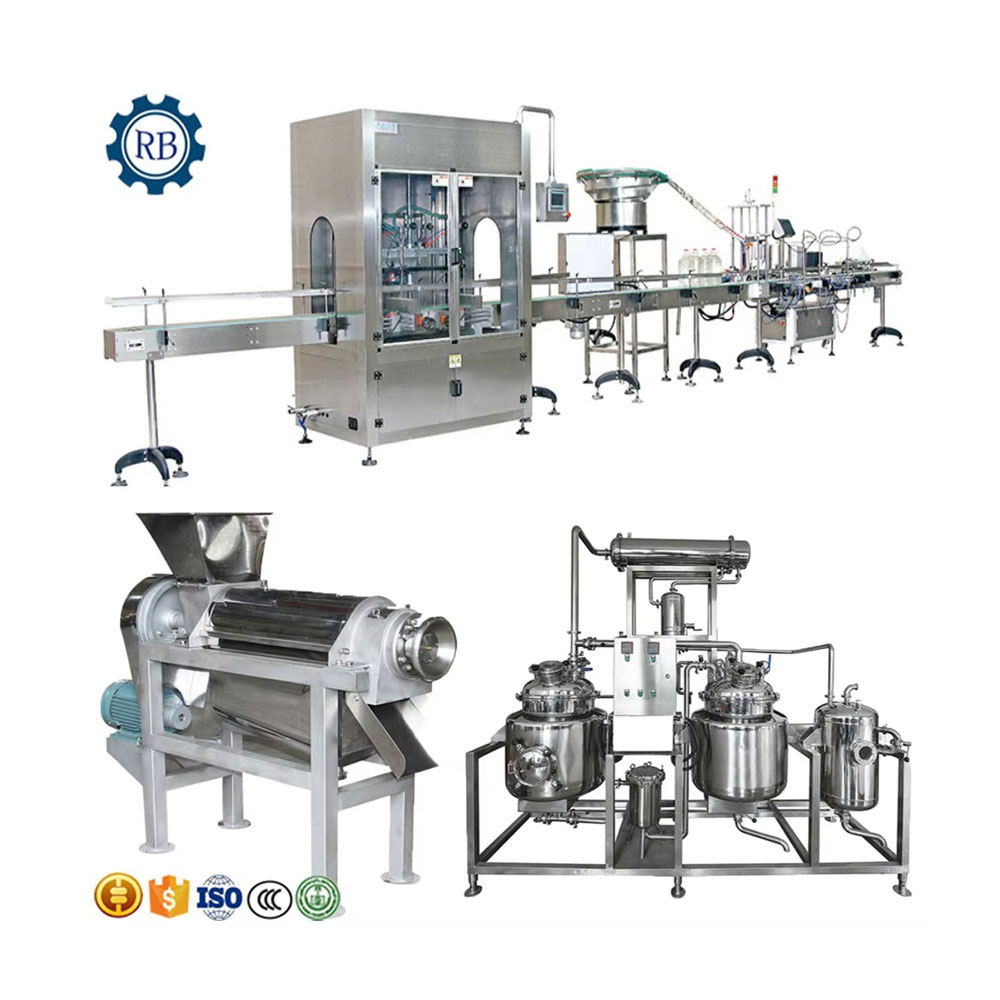 Tomato Sauce Machine
Tomato Sauce Machine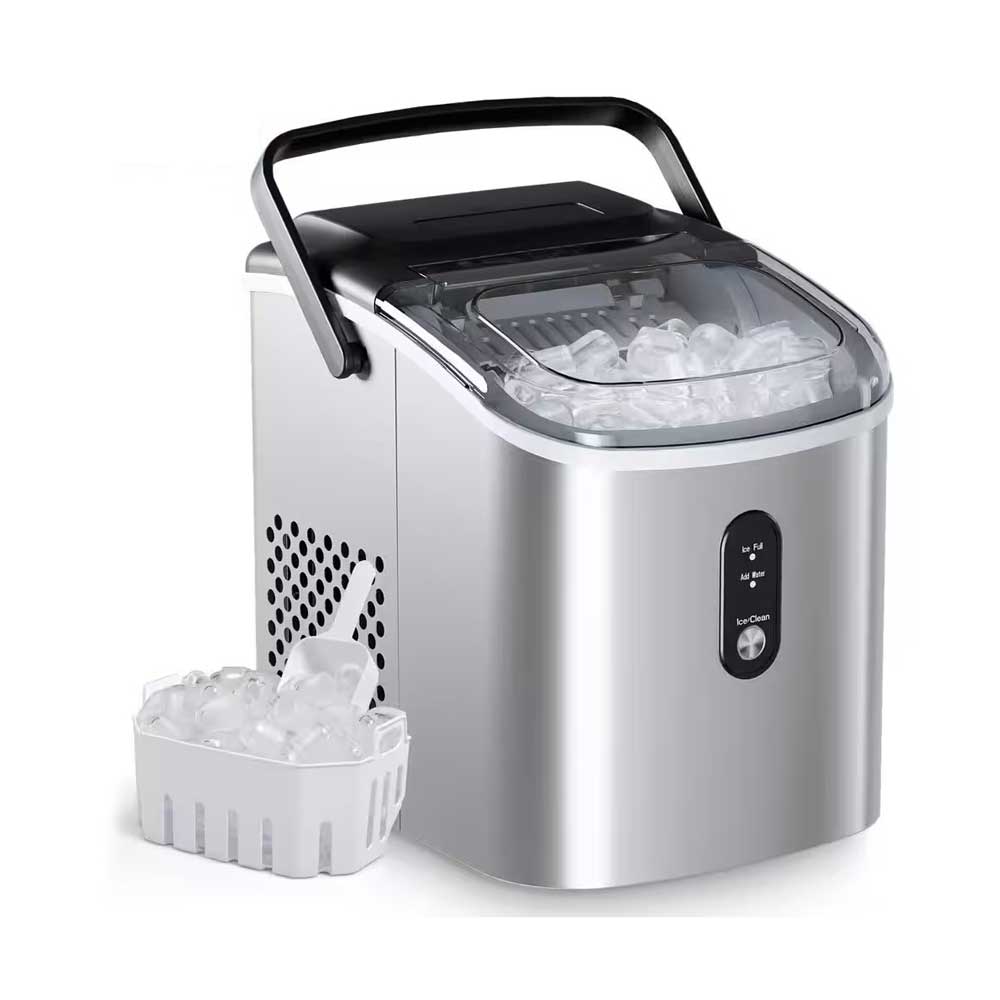 Portable Flake Ice Machine
Portable Flake Ice Machine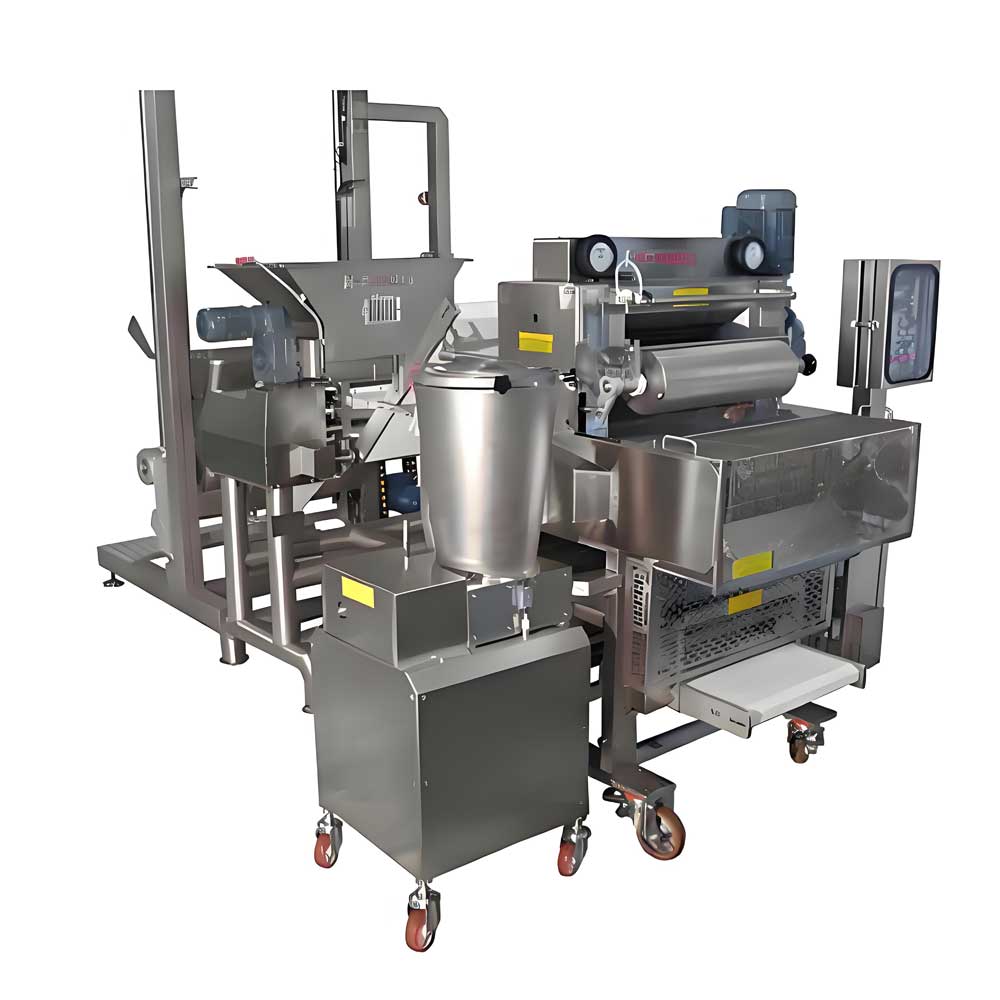 Pelmeni Making Machine
Pelmeni Making Machine
Ready to Get Started?